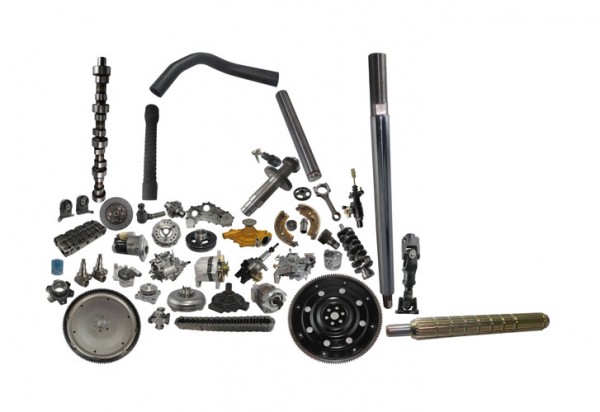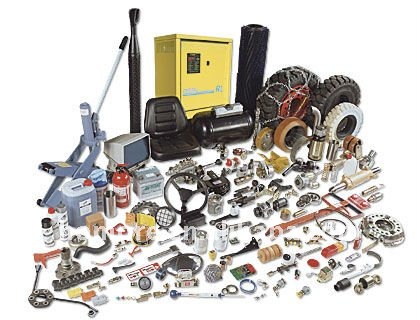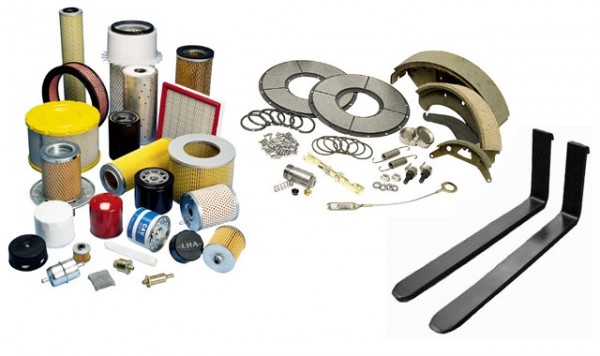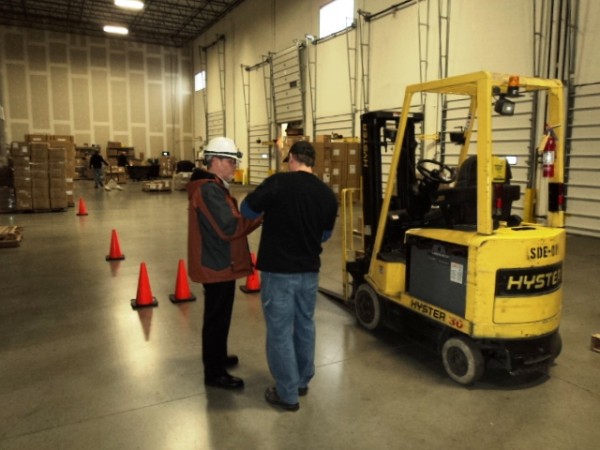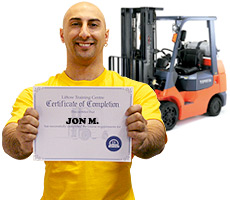Posts Tagged ‘forklifts’
Tips on Buying Forklift Parts
Tips on Buying Forklift Parts
One of the most effective ways to make sure that your forklift runs smoothly is by frequently checking and replacing damaged, worn out parts and maintaining the piece of equipment. You can either go for used or brand new parts based on their needs, preferences and finances. However, you should be careful when buying used forklift parts and ensure that the parts are of the best possible quality because only optimum quality parts will make certain the efficient and smooth running of the forklift and in doing so, will increase the level of productivity in the workplace. One must take into consideration the following tips when buying forklift parts
1) Compatibility – You should be aware of the different forklift parts that are available in the market and the spare part that is appropriate for your equipment. You must have a clear picture of the compatibility of the spare parts with their piece of machinery.
2) Model – When buying used forklift parts, one should only buy the spare parts that were made particularly for the model/type of forklift that you have. For example, one must only buy used Komatsu forklift parts if you use and operate a forklift of the same brand and model.
3) Staff Training – An individual can save huge amounts of money on repairs and maintenance of their used forklift parts by training and educating their staff properly about how to use them and also firmly abide by the safety rules and take precautions when necessary.
4) Inspection – It is recommended to check the parts for any serious mechanical or electrical damage or faults to avoid any accidents or fatalities that may arise in the future. You should go through the safety rules and regulations for each part when purchasing the product and must keep away from the idea of buying parts that do not meet safety requirements. When buying used parts, one should avoid making the mistake of buying damaged parts or parts that have been used beyond repair.
5) Say No to Old Used Parts – It is important for one to make sure that the used forklift parts that they are buying have passed all certifications and testing. It is also advisable to keep away from purchasing used forklift parts that are older than 5 – 7 years, but in a lot of cases it depends on the spare part that you is buying.
- forklift parts
Effective Forklift Training – The Five Steps
Even though a forklift does not seem to be a very complicated piece of equipment, in order to use and operate a forklift, it is required for one to be certified as an operator. As they say, “A forklift is only as safe and productive as its operators”. It is essential to understand and make sure one is competent enough to utilize a forklift safely.
Several companies follow and abide by the Occupational Safety and Health Administration (OSHA) overseen certification standard who teach on the job training. However, there are a variety of other sources that provide forklift training. Whatever source that may be, the employer is the one who is ultimately responsible for making sure that the drivers/operators receive sound training. Here are a number of steps that firms can take to ensure that they’re offering a good forklift training program to their employees.
1) Check the Qualifications – Before hiring a third party, it is important to ensure that the trainer is eligible and qualified, by experience as well as on paper.
2) Ask for a site visit – One of the most essential steps for any trainer putting together a training program for a client, is a site visit. The client should not hesitate to ask a trainer for a site visit. A site visit gives the trainer a full understanding of the situation an opportunity to gather all the information he needs to develop a training program according to the client’s specific needs as a warehouse is different to a industrial estate.
3) Ensure the program is systematic, thorough and detailed – Forklift Load Training is not as easy as it sounds, there is a lot more to it than what meets the eye. A good training program should also cover all OSHA regulations and include activities such as inspections, safety and handling to name a few.
4) Classroom Training – An effective training program should make classroom training understandable and more interesting by including a wide variety of media such as safety videos, power-point presentations and printed material. Furthermore, classes should not forget to cover basic concepts such as health, safety, fuelling and other hazards and then move on to site specific information
5) Vehicle Specific Hands on Training – Even though the basics are covered in classroom training, certain concepts such as handling and manoeuvring can only be learned on the equipment. Operators should observe and understand the trainer first before practicing and operating the equipment on their own. It is also essential to provide training to the drivers on the specific model or type of forklift they will be operating because of design variations in different models.
Companies should keep in mind these five simple steps before hiring a forklift trainer in order to ensure a good and sound training program to their operators.
- forklift training

